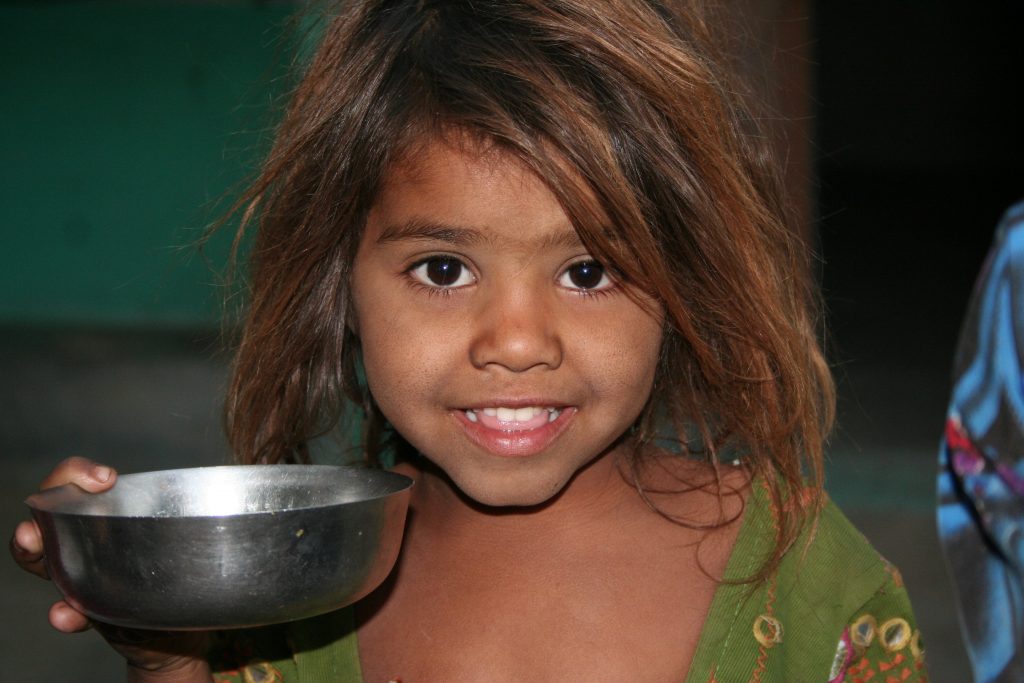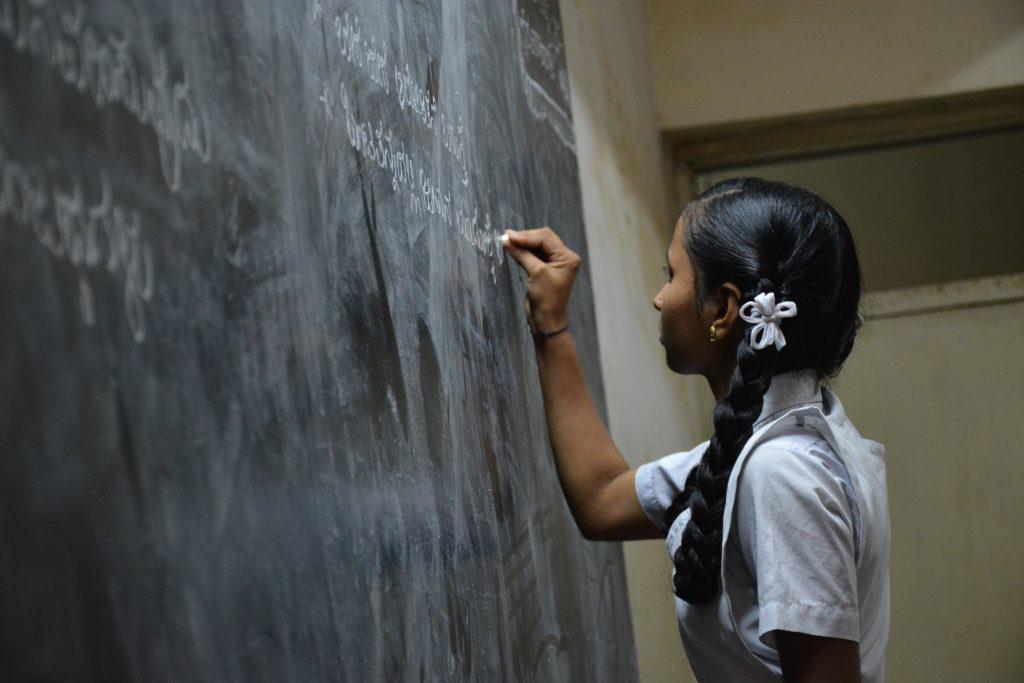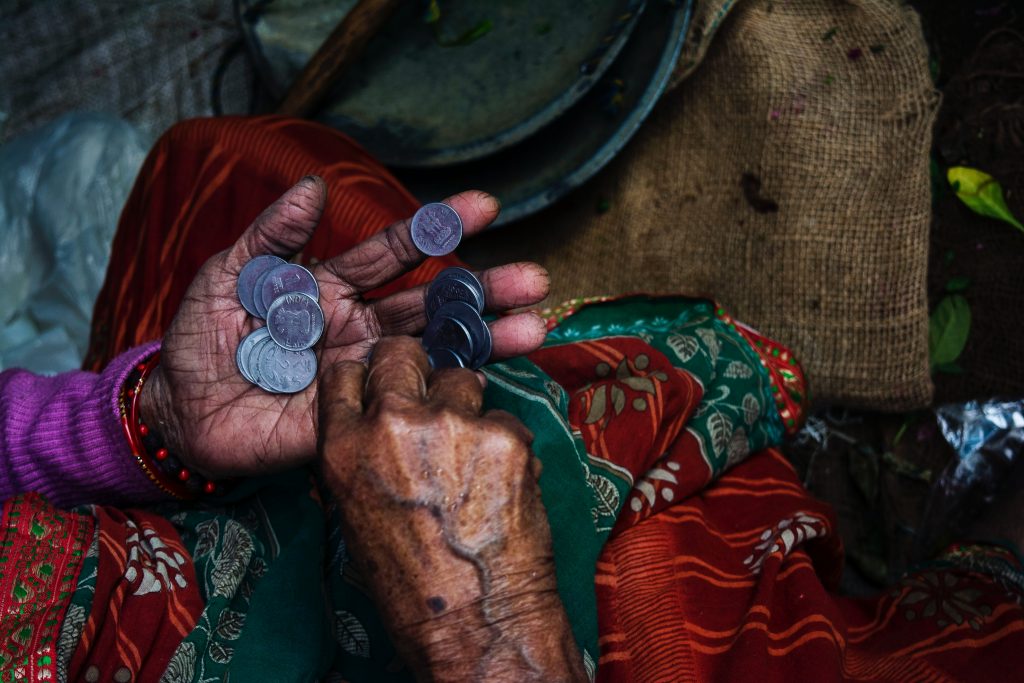According to UNICEF, 129 million girls around the world don’t go to school. For most of them, this is due to outside factors which prevent them accessing education. The main example of this is widely recognised to be poverty. It is somewhat ironic then, that education is also one of the best cures for systemic poverty (Ann Cotton, 2020). Evidence shows that female education is key for sustainable development. Despite this, gender disparities in education persist. To improve in this area, it is important to understand why so many young women struggle with accessing it. Here are six reasons why educating women and girls is the key to decreasing poverty and improving lives.
1. Educating women limits human and sex trafficking
Human trafficking and sex trafficking are both billon-dollar industries. According to the United Nations Inter-Agency Project on Human Trafficking, poor, uneducated women are the most vulnerable (Lauren Stepp, 2016). Uneducated women can find it difficult to find a job, and if they do, they’re limited in their options. For some, difficult situations push them to turn to illegal sex work to survive. This can decrease their quality of life, due to a higher risk of STDs and violence, among other factors (Lauren Stepp, 2016). Educating girls and women gives them fundamental skills that increase their employment opportunities. As a result, less women will be forced into sex work due to their financial situation.
2. Educating mothers prevents malnutrition and illness

According to UNESCO (2013), 12 million children could be saved from malnutrition, stunted growth or disease. That is, if all women had access to secondary education. Additionally, child mortality rates in developing countries could be cut in half, saving 3 million lives (UNESCO, 2013). The United Nations Girls’ Education Initiative have focused on the East African country of Burundi. They believe foreign aid for schoolhouses and curriculum development would benefit the nation. Currently, almost 16,000 children die per year (Lauren Stepp, 2016). Furthermore, malnutrition contributes to nearly half of all deaths in children under five. This makes it imperative that we educate girls who will become mothers (Laura Casaceli, 2018). Educated women make financially-stable mothers. They can thus supply their children with enough food and adequate health supplies.
3. Educating girls promotes safe sex and family planning
Education is, in a way, a sort of contraceptive. Increased participation in school reduces fertility rates over time, resulting in smaller families (Lauren Stepp, 2016). In Mali, women with secondary education or higher have an average of three children. Counterparts with no education have an average of seven children. The financial burden of having children is minimised by educating women (Lauren Stepp, 2016). This allows those mothers to provide the children they do have with a better quality of life.

Just as it decreases birth rates, education also lowers the number of women contracting HIV/AIDS. A girl who completes primary school is three times less likely to contract HIV (Lauren Stepp, 2016). Alas, even before children are born, a mother’s life is in danger during childbirth. Around 153 million children worldwide have lost one or both parents (Laura Casaceli, 2018). The risk of death for a mother during childbirth increases with the number of children she has. According to UNESCO, if all mothers completed primary education, maternal deaths would be reduced by two-thirds (Laura Casaceli, 2018). By denying girls an education, we are increasing the chances of women dying from sexually transmitted diseases and and childbirth. Thus leaving millions of children motherless. Educating girls on safe sex is vital to keeping women, their partners, and their children safe.
4. Education encourages women to marry later
In some countries, there are still strong expectations for girls to marry at a young age. Such social conventions can be incredibly detrimental to their future prospects in life. In underdeveloped countries, one in every three girls gets married before they turn eighteen (Lauren Stepp, 2016). Thus, most girls drop out of school after marriage to begin their domestic duties. Contrastingly, in regions where girls receive seven or more years of education, they marry up to four years later (Lauren Stepp, 2016). These four years may allow them to finish their secondary education and even move on to higher education.
For many women who are in unsafe marriages, leaving is not an option. With no skills and no education, finding work to provide an income for themselves is near impossible. For these women, living in an unhappy or abusive relationship seems like their only choice. At least, it appears better than the few alternatives (Laura Casaceli, 2018). Women should not have to choose between an abusive marriage or an unhappy life. This decision can be avoided if all girls are able to access an education.
5. Educated women have increased income potential
It is common knowledge that people with higher education tend to have higher incomes. For women in developing countries, secondary education can significantly boost their earning capabilities. Education opens up employment opportunities and increases quality of life (UNICEF, 2020). According to UNESCO, a single year of primary education has shown to increase a girl’s eventual wages by 20 per cent (Lauren Stepp, 2016). Having an education gives women choice. Without it, they would be significantly more vulnerable (Laura Casaceli, 2018). Financial independence gives women the ability to deal with many adverse situations. It also ensures they have the means to support themselves and their children.

6. Educating girls reduces poverty and increases GDP
Educating girls not only improves their individual financial situation, but the whole country’s economy as well. When women have equal access to education, they participate more in business and economic activity (UNICEF, 2020). GDP soars when both girls and boys are being offered educational opportunities. When the number of women attending school increases by 10 per cent, a country’s GDP increases by three per cent, on average (Lauren Stepp, 2016). For developing countries, educating the entirety of their population is tremendously beneficial in combating poverty. A girl’s education not only provides knowledge, but also gives them control and awareness over their own lives.
What Can We Do?
Those of us in developed countries often take our schooling for granted. It is difficult to imagine how detrimental barriers to education can be for young girls. While it’s easy to feel overwhelmed and powerless by these global injustices, there are small things we can do to instigate change. At THRIVE, we offer a few ways to empower females and end poverty. You could sponsor a girl, or make a donation to a child-focused organisation such as World Vision, ChildFund or Unicef. You could volunteer with us, or spread the word on social media. Spreading awareness of the global situation, can help provide education to all.























